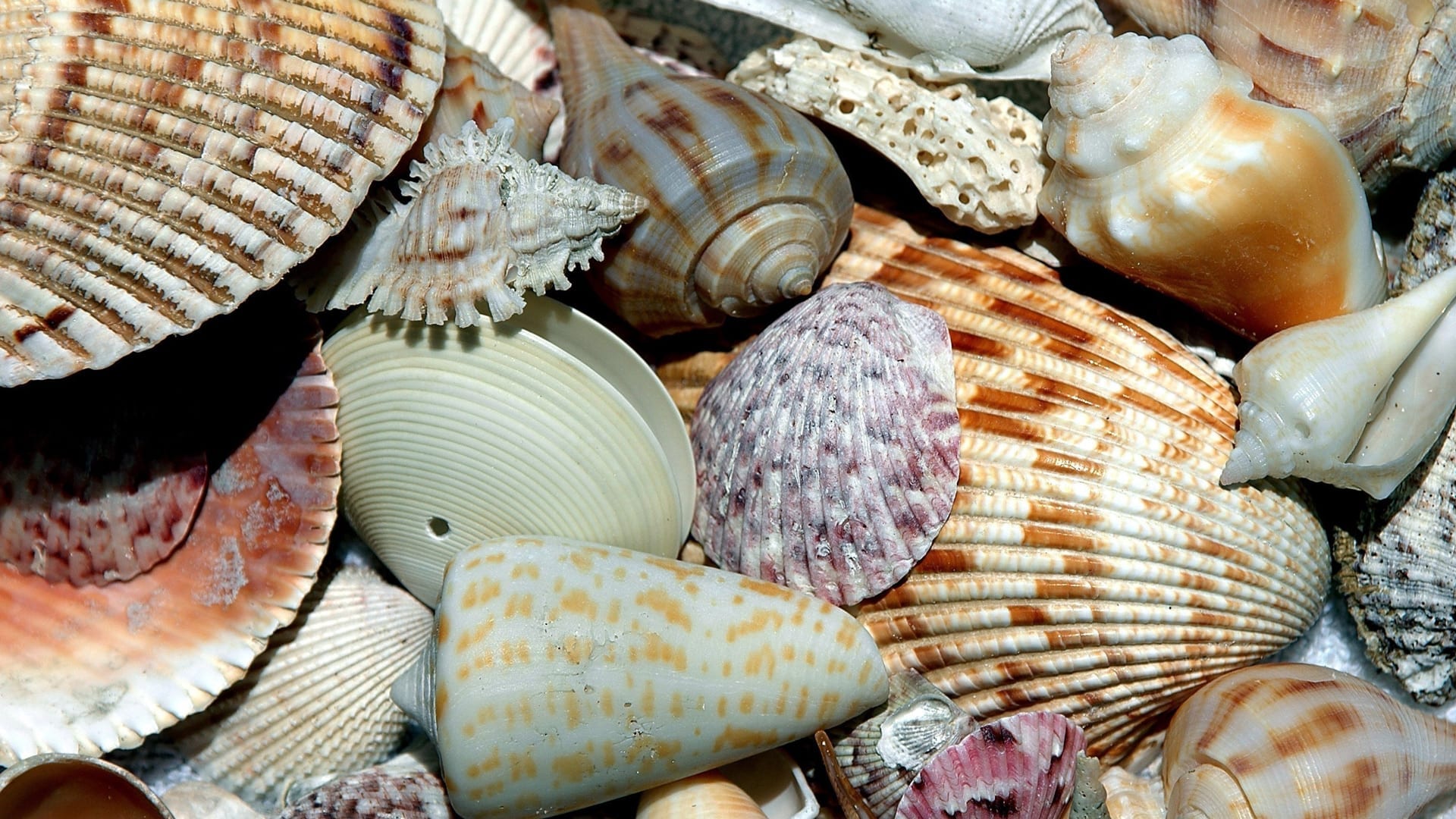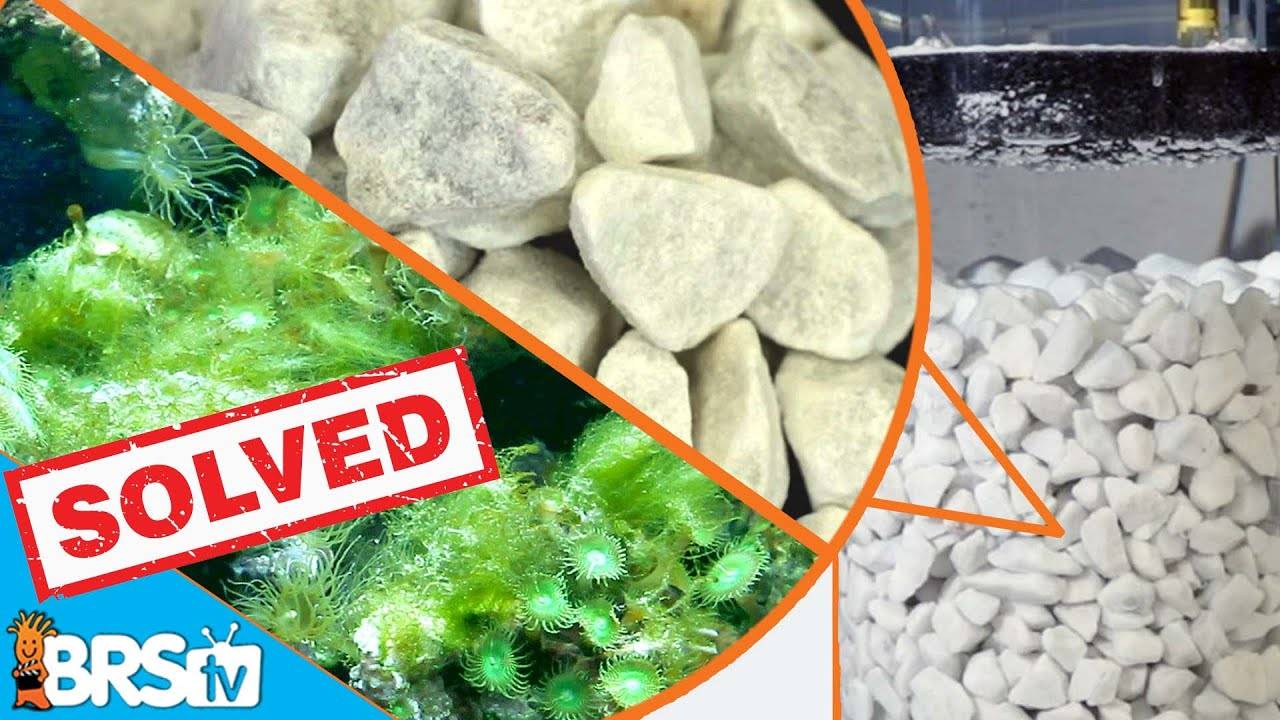For probably 5-7 years or so I was using Two Little Fishes Reborn as a calcium reactor substrate. I was quite happy with it. It was a large size and didn't turn to mush easily. I could generally dissolve down to about 1/2 of the original volume of the substrate before having to clean the reactor and recharge it. Unfortunately, about 2 years ago, during the pandemic, I think that flights out of the Indo-Pacific were less frequent, and TLF had trouble supplying Reborn. For a while I switched to using old coral skeletons from my old tank that I'd bleached out and rinsed well. That worked quite well and I limped along for about the 1st year of the pandemic. Eventually Reborn became available again, but it was no longer the large size. It was smaller and kind of brownish in color and still not always available. Seemed not as good to me and even more expensive than in the past. I tried another substrate recently, but it seemed to do the "turn to mush" thing, so not happy with that either.
I was at a local beach recently and noticed that thick clam shells were everywhere. They were relatively clean and it was easy to fill a bucket with them in just an hour or so. danged heavy was that bucket. Anyhow, I thought I might give them a try as a calcium reactor substrate. Smashing them up with a sledge hammer was super easy. Since in some cases there was a bit of protein still on them, usually around the hinge region I decided I'd soak them for a bit in a dilute bleach solution. I did put a few in my calcium reactor at the top just to see if they dissolve, but I have a few questions before I try a larger test:
1. Do you think they will need a lower pH to dissolve? - Are they a form of calcium carbonate that is more stable than aragonite?
2. Do you think they will release more nutrients than other calcium reactor substrates?
Of course I could perform the tests I did so long ago to compare substrates, but I thought I'd ask your opinion first (maybe I'm lazy in my old age!).
I was at a local beach recently and noticed that thick clam shells were everywhere. They were relatively clean and it was easy to fill a bucket with them in just an hour or so. danged heavy was that bucket. Anyhow, I thought I might give them a try as a calcium reactor substrate. Smashing them up with a sledge hammer was super easy. Since in some cases there was a bit of protein still on them, usually around the hinge region I decided I'd soak them for a bit in a dilute bleach solution. I did put a few in my calcium reactor at the top just to see if they dissolve, but I have a few questions before I try a larger test:
1. Do you think they will need a lower pH to dissolve? - Are they a form of calcium carbonate that is more stable than aragonite?
2. Do you think they will release more nutrients than other calcium reactor substrates?
Of course I could perform the tests I did so long ago to compare substrates, but I thought I'd ask your opinion first (maybe I'm lazy in my old age!).





















